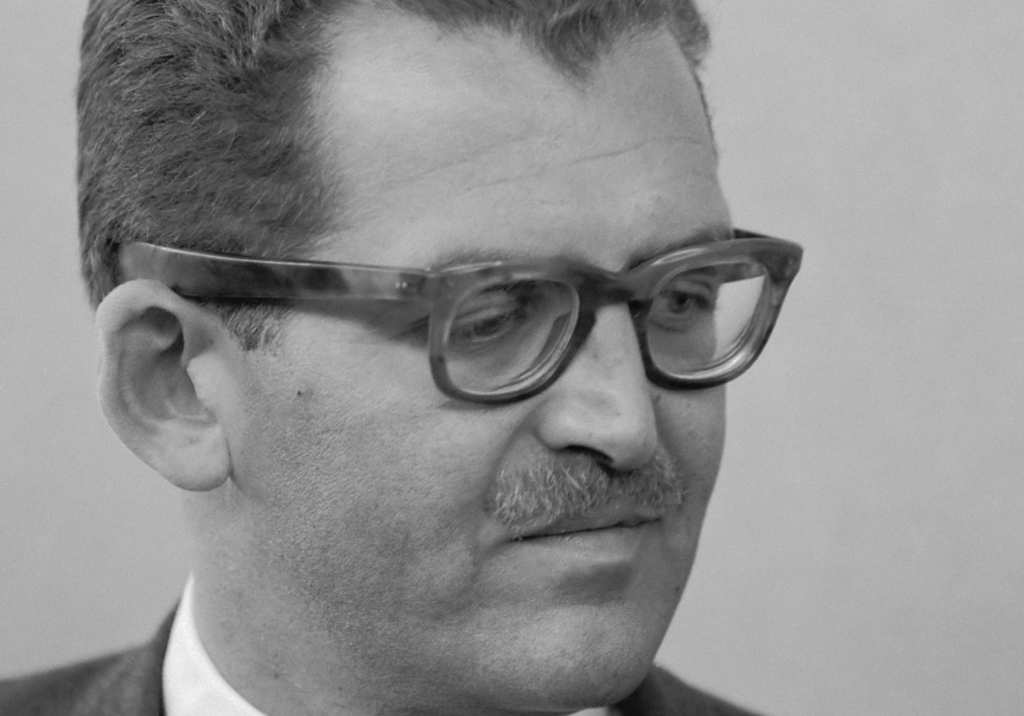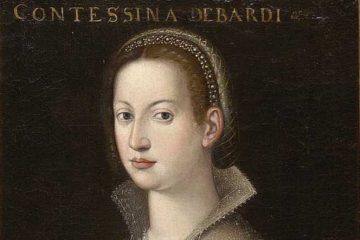
A scion of the French branch of the Rothschilds who found his fortune in Switzerland, Baron Edmond Adolphe de Rothschild was said to be the single richest member of the family worth an estimated $300 billion.
Despite his
Ancestry
As a member of the Rothschild family, Edmond Adolphe de Rothschild could trace his ancestry back to the family’s founder, Mayer Amschel Rothschild (1744-1812), his wife Guttle Schnapper and the Frankfurter Judengasse where they lived.
His ancestry could then be traced through the couple’s youngest son, James, who arrived in Paris in 1812 and established the French Rothschilds’ first bank, de Rothschild Frères, in 1817.
Five years later, in 1822, James and his brothers were raised to nobility by Austrian Emperor Francis I, thus enabling James and his descendants to use the title Freiherr (Baron) in French society and the particle de before their surname.
Edmond’s next male-line ancestor was James’ youngest son, Edmond James de Rothschild (born 1845), who left the day-to-day operations of de Rothschild Frères to his siblings, whilst he expanded the family’s art collection and wine interests.
He was also the first member of the French branch to truly get involved with the emerging Zionist movement, buying large swathes of land in Ottoman Palestine and factories there, to bring both people (usually Jews) and prosperity to the land he owned.
Edmond Adolphe de Rothschild can then trace his ancestry through Edmond James’ second son, Maurice, who similarly sought to expand the family’s art collection and wine holdings.
As members of the Rothschilds routinely married members of other branches of the family (to ensure that their money stayed within the family), Edmond was also related to various members of the other branches of the family.
Early Life
In 1909, Maurice de Rothschild married Noémie Halphen, a phianthropist and real estate developer who was also a member of the Sephardic Jewish Periere banking family, arguably the French Rothschilds’ greatest rivals.
Despite their families’ longstanding rivalry with one another, as both competed to claim the title of “France’s richest bankers”, the marriage proved happy and on September 30 1926, Noémie gave birth to her only child, a son the coupled named “Edmond”.
Named in honor of his paternal grandfather, the child’s full name was Baron Edmond Adolphe Maurice Jules Jacques de Rothschild, containing the names of both his father (Maurice) and maternal grandfather (Jules).
Growing up, Edmond Adolphe de Rothschild’s childhood was no different than that of any other Rothschild son who yearned to enter the family business. It was only when Edmond was a 13 that his life took a different turn…
In June 1940, France fell to the invading Nazi Germany. As wealthy Jews, several members of the French Rothschilds, including Edmond’s father, Maurice, were declared non-citizens and forced to flee.
Likely owing to his wife’s Portuguese ancestry, Maurice was able to acquire Portuguese visas for himself and his family, including a teenaged Edmond, that allowed them to get out of France unmolested by German authorities.
First fleeing to Portugal, and later Britain, Maurice eventually settled his family in Geneva, Switzerland, a country whose neutrality had been guaranteed by Germany on account of their importance to international finance.
Home to literally hundreds of banks, Geneva was perhaps the best place for an aspiring banker to grow up.
Attending the prestigious International School of Geneva, colloquially known as Ecolint, Edmond then studied at the University of Geneva and at the Faculty of Law in Paris before joining de Rothschild Frères after graduating in 1950.
La Compagnie Financière Edmond de Rothschild
For the next three years, Edmond worked out of the bank’s private banking division, learning the ropes of the business and gaining valuable contacts. Yet despite being a multimillionaire thanks to his holding in his family’s bank, Edmond wasn’t satisfied.
He yearned to go out on his own.
And that’s what he did. In early 1953, Edmond Adolphe de Rothschild left de Rothschild Frères and established his own Parisian private bank, which he called La Compagnie Financière Edmond de Rothschild, more commonly known as LCF.
Leaning on the contacts he’d made at de Rothschild Frères, as well as using his own money, Edmond’s new bank soon had many millions in assets under management. Using this money, Edmond made strategic investments, which netted him and his clients a sizeable return.
Perhaps his most famous investment came in 1961, when he bought the failing Club Med.
Having enjoyed his vacation at one of their resorts, Edmond realized that the only reason for the company’s failing was that it had taken on too much debt and could not afford to repay it. If he could fix this, the company would be hugely profitable.
So that’s what he did. He bought it at less than market value, used his banking connections to pay off the debt, and pumped the company full of money (partially through floating the company on the Paris Stock Exchange in 1966), allowing it to expand greatly over the next 30 years.
In true Rothschild (and private banking) fashion, much of Edmond’s investments remain secret, though they are rumored to have been of a similar to his investment in Club Med – strong, but mismanaged, companies he turned profitable again and sold for a huge profit.
Edmond de Rothschild Group
In response to a growing trend among his clients,
